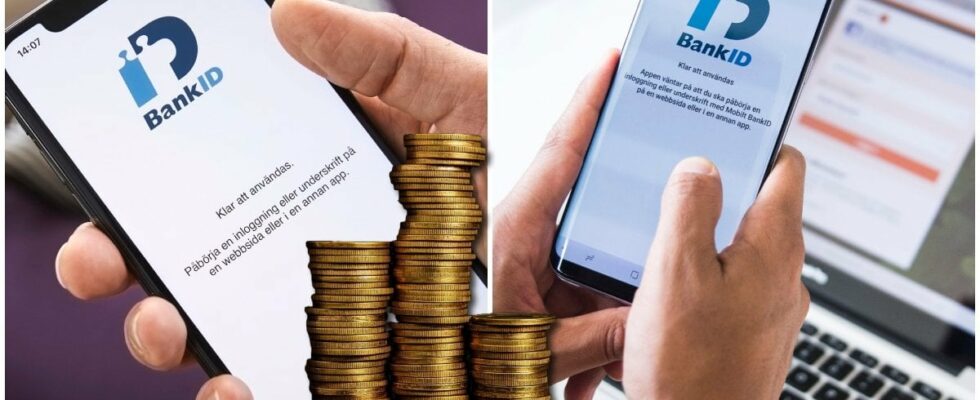In recent years, BankID has grown into a power factor within the Swedish economy. Every year, several billion identifications and signatures are carried out in the app. And among the registered Swedes aged 18-67, a whopping 99.4 percent have a BankID.
BankID’s warning to the public
Over time, however, it has become increasingly common to risk falling into the clutches of fraudsters who want to access your money. Many times, BankID is a tool fraudsters use to quickly get hold of sensitive information and bank details from their victims.
This has resulted in BankID adding an informational text that is visible when the app is opened, which warns.
“Don’t swish at someone else’s prompting,” it says.
It has also resulted in BankID issuing other warnings as the name has been used by fraudsters.
The latest in the line of all warnings issued was during the summer. Then fake emails abounded that appeared to come from BankID, but were in fact fraudsters.
“As always, you should never respond to these emails. We, together with the police, banks and authorities, continuously inform about never responding to emails or text messages,” said BankID’s press officer Charlotte Pataky to Nyheter24 then.
READ MORE: BankID’s sharp advice to customers
This is how BankID earns millions – from your use
But apart from the risks that the development of technology has entailed, the increasing use of the service has meant a substantial cash boost for BankID.
Earlier this week, the economics website reported Nu.se that BankID makes millions in profits when the Swedish people use the service.
They then reported that they can collect around 10-30 öre per identification and 40-70 öre per signature.
The company that owns BankID is Finansiell ID-Teknik BID AB. In 2023, they had a turnover of over SEK 412 million and assets that amounted to SEK 163.9 million.
DON’T MISS: They risk being cheated on their BankID
Photo: Henrik Montgomery/TTBankID: “The bank charges per transaction”
But the big question then is whether our signatures are what generate millions of dollars for BankID.
Charlotte Pataky now tells us in an interview with Nyheter24 how it actually is.
– There are five banks that sell BankID to companies, authorities and organizations in full competition with each other. The agreements are different, but usually the bank charges per transaction. Authorities often procure e-identification services via the state freedom of choice system for which the Agency for Digital Administration (Digg) is responsible, she says, adding:
– In the freedom of choice systems, it is the state that decides on the compensation level for the suppliers, which is currently 17 öre per identification or signature. It can also be mentioned that the state freedom of choice system is about to be changed to an authorization system where the compensation model for suppliers has not yet been determined.
DON’T MISS: Important update in your mobile phone – increases security
Charlotte Pataky is press officer at BankID. Photo: Press image BankIDBankID: This is where the money we earn goes
She explains that BankID is a socially important infrastructure whose most important mission is to guarantee both security and accessibility. But it comes with large overheads in the form of development, operation and management. And it is in these holes that the money ends up, explains Pataky.
– The principle for the company is that all costs over time must be covered by participating actors, i.e. the banks, companies and authorities that use BankID. The costs of maintaining security and availability have increased significantly recently, not least because of our geopolitical environment and our revenue goes to ensure that BankID is available and secure 24 hours a day, all year round.
But if the company Finansiell ID-Teknik AB has a turnover of hundreds of millions, it is also reasonable to wonder how any dividends and profits are distributed.
Charlotte Pataky then states that no profit has ever been distributed.
– I want to clarify that the company has never paid out any profit to the owners, but the income we receive is used to constantly develop our security measures and protect our infrastructure, she concludes by saying.
READ MORE: Then you can’t use Swish – the detail many miss
